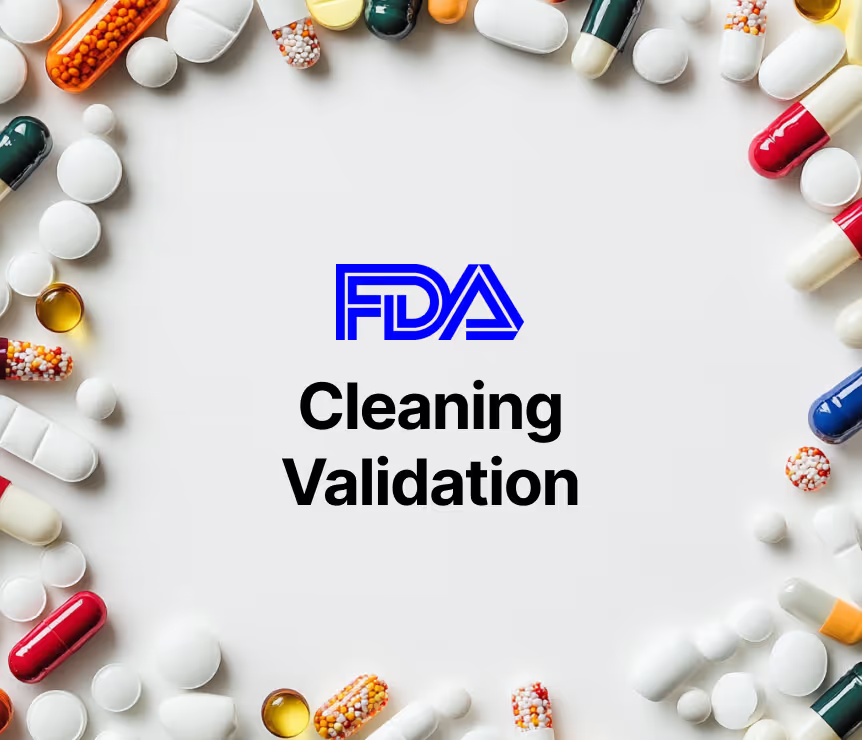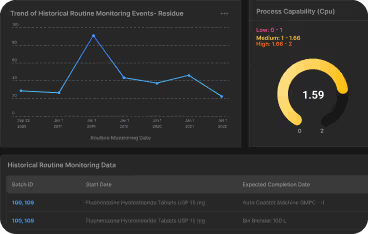Risk‑Based Cleaning Validation: Harmonising Global Guidelines

With regulators around the world converging on risk‑based cleaning validation protocol standards, global compliance is both a strategic necessity and a formidable challenge. EMA now mandates Health-Based Exposure Limits (HBELs), the FDA stresses continuous improvement with ongoing acceptance for visual inspection, and agencies like MHRA, ANVISA, and PIC/S introduce localized and lifecycle-specific demands.
For pharma QA, QC, and validation professionals, harmonizing these expectations into a unified, science-driven cleaning validation program is critical for audit readiness, patient safety, and operational efficiency.
The Global Shift: Risk-Based Cleaning Validation Across Agencies
EMA – Setting the Pace with HBELs and Lifecycle Revalidation
EMA (European Medicines Agency) enforces cleaning validation protocols that derive residue limits primarily from HBELs, using toxicological and pharmacological data.
- Revalidation is explicitly required throughout the product lifecycle, particularly after equipment, product, or process changes.
- Visual inspection alone is not sufficient; residue limits must be documented quantitatively with traceable digital records.
FDA – Flexibility with a Focus on Continuous Improvement
FDA (U.S. Food and Drug Administration) allows visual inspection as part of acceptance criteria but leans on scientifically justified, risk-based protocols.
- Continuous improvement is emphasized—cleaning protocols must include rationale for analytical methods and sampling, ongoing monitoring, and revalidation triggers.
- Digital audit trails and automated records are strongly encouraged. Learn more in our SOP for Cleaning Validation.
MHRA – Digital Records and Enhanced Risk Assessment
MHRA (UK) requires enhanced risk assessment, integrated traceability, and frequent personnel training.
- Digital record-keeping systems are expected—handwritten logs or manual documentation are considered high risk.
- Clear ownership and role assignment are essential for validation execution.
ANVISA – Localized Risk Assessments and Trigger-Based Revalidation
ANVISA (Brazil) follows PIC/S and WHO fundamentals but includes region-specific GMP formatting.
- Validation must consider local manufacturing practices.
- Revalidation is triggered after any significant change to product, process, or equipment.
PIC/S – Worst‑Case Validation and Lifecycle Management
PIC/S calls for:
- Worst‑case product and equipment selection
- Validated analytical methods
- A fully documented lifecycle from equipment qualification to process monitoring
Explore detailed methodologies in the MACO Calculation in Cleaning Validation Guide.
Building a Harmonised, Risk‑Based Cleaning Validation Protocol
- Conduct a Formal Risk Assessment
Begin with a comprehensive evaluation of product toxicity, dose, batch size, and cleaning agent characteristics.- Identify worst‑case scenarios.
- Follow HBEL-driven residue limit principles, moving away from outdated “10 ppm” criteria.
- Align Documentation Across Agencies
- Use MACO/HBEL calculations to define acceptance criteria.
- Combine visual inspection (as permitted by FDA) with quantitative thresholds (as required by EMA).
- Clearly map regulatory references and assumptions.
- Leverage Digital Record-Keeping and Automation
- Implement automated audit trails, electronic signatures, and deviation logging systems.
- Agencies like MHRA and PIC/S expect validated digital platforms.
- Platforms like CLEEN streamline this with compliant templates, real-time updates, and trend dashboards.
- Train Cross-Functional Teams
- Train QA, QC, manufacturing, and engineering on risk‑based cleaning validation principles, digital workflows, and lifecycle management.
- Continuous and role-specific training ensures sustained audit-readiness.
- Continuously Re‑Assess Risks and Revalidate
- Update HBELs, sampling plans, and cleaning methods regularly or after trigger events.
- Use trending tools and statistical dashboards for real-time verification.
- This aligns with EMA, ANVISA, and PIC/S expectations for lifecycle validatio
Learn more about : Cleaning Validation Guidelines 2025 →
Operationalizing a Unified Global Cleaning Validation Strategy
Key Steps for Global Compliance
- Standardize risk assessments using HBEL and worst-case logic across all sites.
- Align documentation—protocols, SOPs, sampling plans—against EMA, FDA, MHRA, ANVISA, and PIC/S expectations.
- Digitize all workflows to ensure transparency, data integrity, and audit readiness.
- Automate audit-trails and revalidation triggers to prevent manual oversight.
- Embed continuous training and ownership into your operations.
Pro Tip: CLEEN integrates LIMS data, risk scores, and audit logs for seamless, multinational compliance—making it easy to defend your cleaning validation program to any agency, anywhere.
Why Choose CLEEN for Risk-Based Cleaning Validation?
CLEEN enables:
- Automated HBEL/MACO residue calculations
- Digital tracking of validations, deviations, and trends
- Role-based access and built-in training workflows
Frequently Asked Questions
1. What does risk-based cleaning validation mean?
It targets cleaning validation resources toward equipment, products, and processes posing the highest risk, using scientific data and toxicology (e.g., HBEL/MACO) instead of blanket approaches.
2. Why is digital transformation critical for cleaning validation in 2025?
Digital tools are essential for managing documentation, audit trails, training records, and real-time monitoring demanded by MHRA, ANVISA, and PIC/S—and for proving global inspection readiness.
3. How often should cleaning validation protocols be re-validated?
Any time there is a significant process, equipment, or product change—and periodically based on lifecycle risk assessments, in line with EMA and ANVISA expectations.























